Table of Contents
The UNESCO Sites in Sweden have resulted from the recognition of 15 cultural and natural landmarks as UNESCO World Heritage Sites in Sweden and 1 location on the Sweden UNESCO tentative list. These tourist sites in Sweden are acknowledged for their unique and valuable cultural, natural, artistic, and historical significance and are preserved for future generations to enjoy.
In addition to this 15 sites in the Sweden UNESCO list, there are many other places to travel to Sweden that are being considered for UNESCO recognition. These sites, listed on the tentative list, showcase the rich cultural heritage of the country and are waiting for approval to join the prestigious and famous World Heritage Sites list.
To help visitors discover these remarkable Sweden tourist attractions, we have put together an interactive map of the UNESCO sites in Sweden.
Sweden UNESCO Map
Click markers to show information and photo.
World Heritage Sites in Sweden
UNESCO World Heritage Sites in Sweden
There is 15 UNESCO World Heritage Site in Sweden. All of these three sites are listed under the Cultural category.
- Agricultural Landscape of Southern Öland
- Birka and Hovgården
- Church Town of Gammelstad, Luleå
- Decorated Farmhouses of Hälsingland
- Engelsberg Ironworks
- Grimeton Radio Station, Varberg
- Hanseatic Town of Visby
- Mining Area of the Great Copper Mountain in Falun
- Naval Port of Karlskrona
- Rock Carvings in Tanum
- Royal Domain of Drottningholm
- Skogskyrkogården
- Struve Geodetic Arc
- High Coast / Kvarken Archipelago
- Laponian Area
UNESCO World Heritage Sites in Sweden are protected locations for their cultural and natural importance.
Agricultural Landscape of Southern Öland

The Agricultural Landscape of Southern Öland is a UNESCO World Heritage Site in Sweden. This remarkable landscape showcases traditional farming practices and the unique relationship between humans and nature. The site is characterized by its well-preserved stone walls, windmills, and cottages, which blend harmoniously with the surrounding farmland. The fertile soil and favorable climate have shaped a diverse agricultural landscape where crops such as barley, rye, and potatoes thrive. The site not only represents a testament to the island’s rich agricultural heritage but also serves as a living example of sustainable farming practices that have been passed down through generations.
Birka and Hovgården
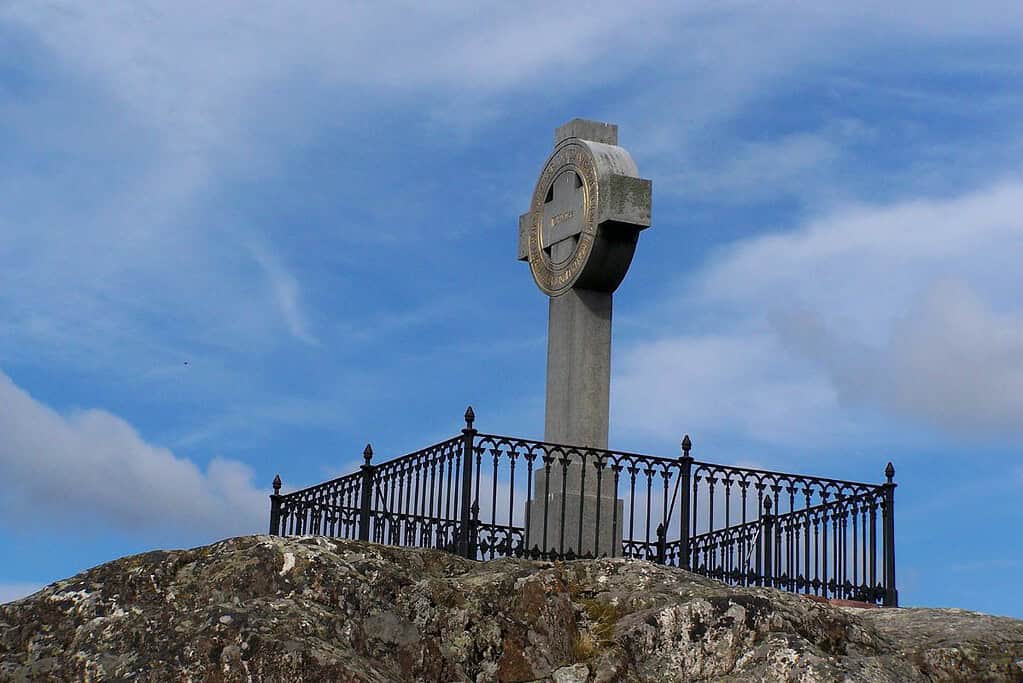
Birka and Hovgården are UNESCO World Heritage Sites located in Sweden. These sites hold immense historical and cultural significance as they were once prominent Viking Age trading centers. Birka, situated on the island of Björkö, was a bustling trading hub from the 8th to the 10th centuries and played a crucial role in connecting Scandinavia with the rest of Europe. Hovgården, located on the nearby island of Adelsö, was the residence of Swedish kings and served as a central place for political and religious activities during the Viking Age. These sites offer fascinating glimpses into the Viking era through their well-preserved archaeological remains and are a testament to the rich maritime heritage of Sweden.
Church Town of Gammelstad, Luleå
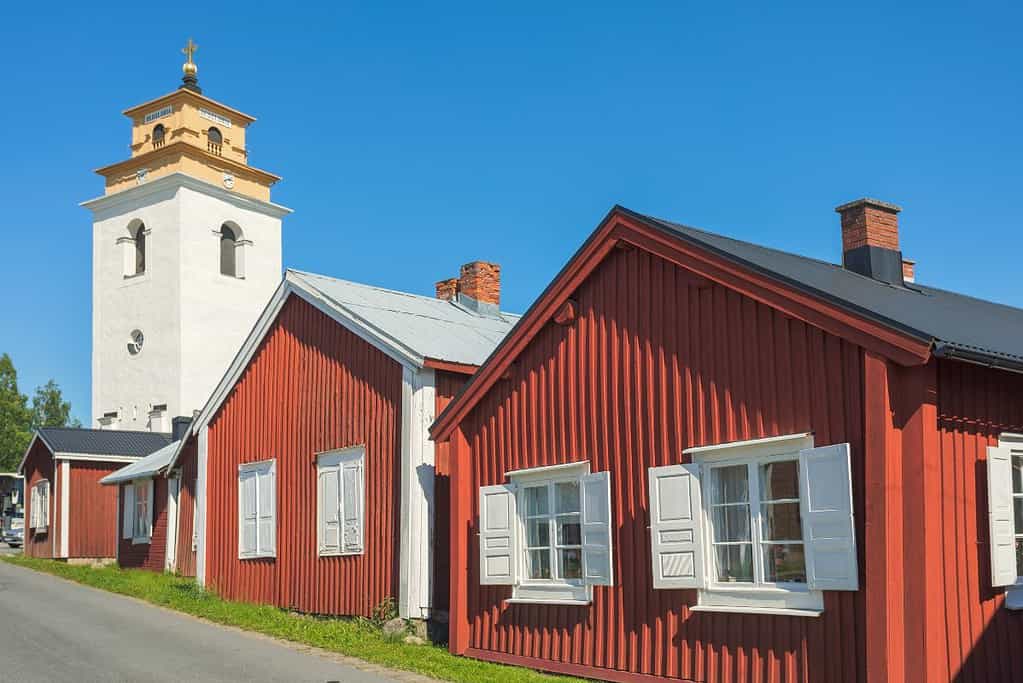
The Church Town of Gammelstad, located in Luleå, Sweden, is a UNESCO World Heritage Site. It is a unique and well-preserved example of a medieval church village. Gammelstad was established in the 15th century as a gathering place for religious activities, where people from surrounding rural areas could stay overnight during religious festivals. The site features over 400 wooden houses, mostly used as overnight quarters, known as “stugas,” surrounding the impressive Nederluleå Church. This picturesque and historic village provides a glimpse into the past and offers visitors a chance to experience the cultural heritage and traditions of the region.
Decorated Farmhouses of Hälsingland
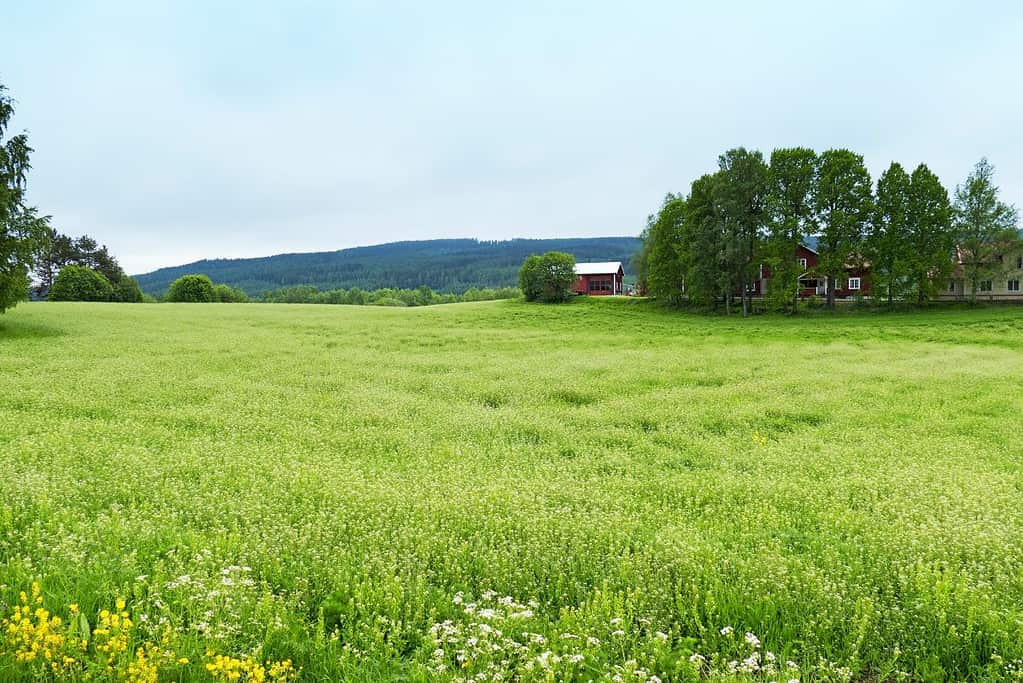
The Decorated Farmhouses of Hälsingland are a collection of UNESCO World Heritage Sites located in the Hälsingland region of Sweden. These traditional farmhouses, known as “hälsingegårdar,” showcase remarkable craftsmanship and unique decorative styles. The farmhouses are characterized by vibrant and intricately painted interiors, colorful murals, ornate woodwork, and beautiful furniture. These well-preserved examples of rural Swedish architecture provide valuable insights into the region’s cultural heritage and the life of rural communities in the 19th century. The Decorated Farmhouses of Hälsingland offer visitors a glimpse into the region’s rich history and artistic traditions.
Engelsberg Ironworks
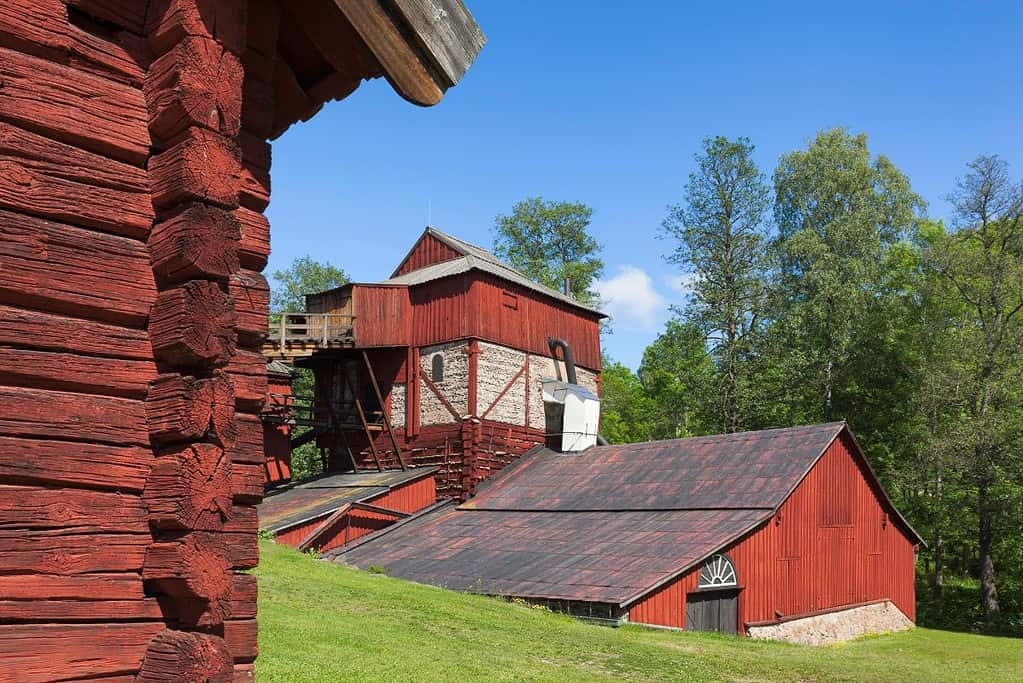
Engelsberg Ironworks is a UNESCO World Heritage Site located in Sweden. The historic industrial complex significantly developed Sweden’s iron industry during the 17th and 18th centuries. The ironworks site showcases well-preserved buildings and structures, including the blast furnace, forge, and workers’ quarters. It provides a fascinating glimpse into the time’s innovative technologies and working conditions. The Engelsberg Ironworks is a remarkable testament to Sweden’s industrial heritage and a valuable historical and cultural site for visitors to explore.
Grimeton Radio Station, Varberg
The Grimeton Radio Station in Varberg, Sweden, is a UNESCO World Heritage Site of immense historical significance. Built-in the early 20th century, it played a crucial role in global communication during the interwar period. The radio station’s unique and well-preserved Alexanderson alternator, a magnificent engineering marvel, demonstrates early long-distance wireless communication technology. Today, the site stands as a testament to human ingenuity and a fascinating reminder of the advancements made in telecommunications.
Hanseatic Town of Visby
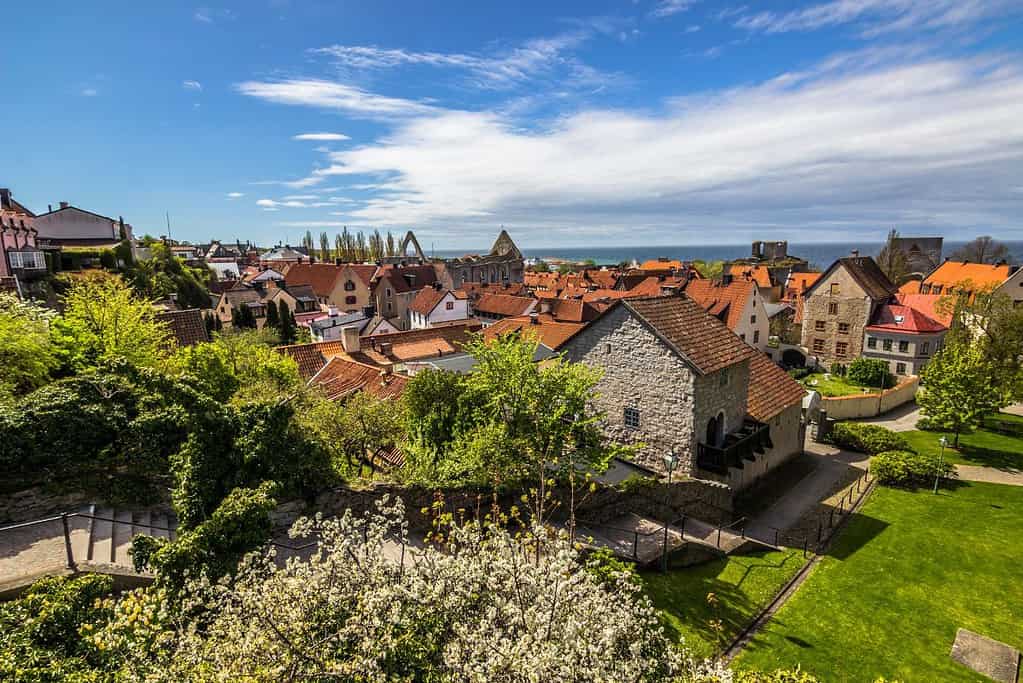
The Hanseatic Town of Visby is a UNESCO World Heritage Site in Sweden. This historic town showcases the remarkable remnants of a flourishing medieval trading center. Its well-preserved city walls, narrow cobblestone streets, and medieval buildings create an enchanting atmosphere that transports visitors back in time. The town’s iconic landmarks, such as the Cathedral of St. Mary and the Botanical Gardens, offer glimpses into its rich history and architectural splendor. The Hanseatic Town of Visby is a testament to the Hanseatic League’s influence and significance as a hub of commerce in the Baltic Sea region.
Mining Area of the Great Copper Mountain in Falun
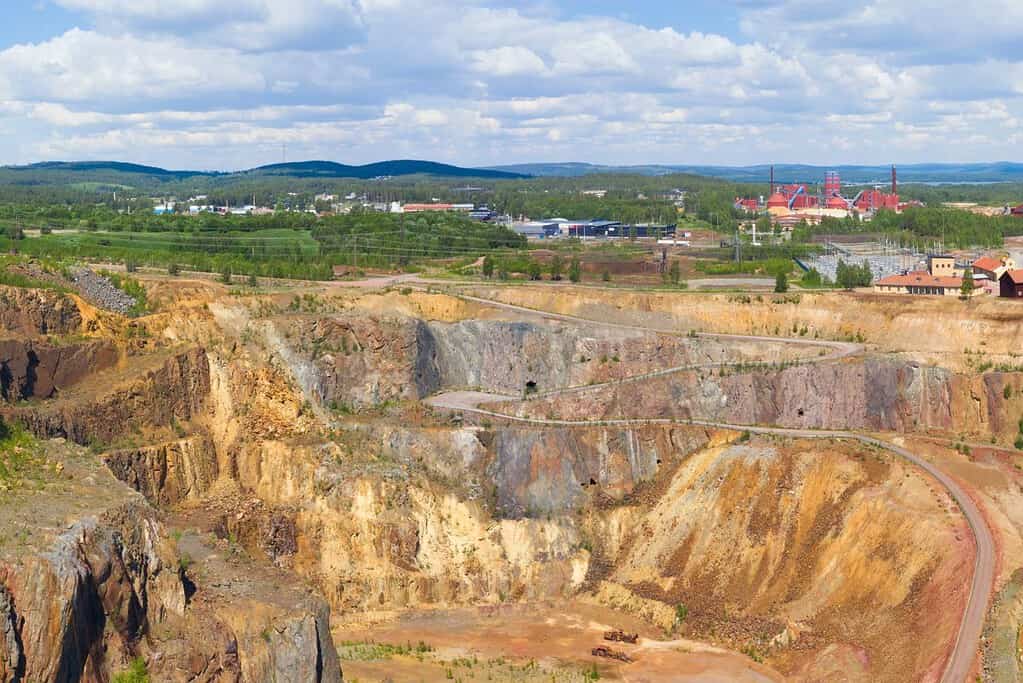
The Mining Area of the Great Copper Mountain in Falun is a UNESCO World Heritage Site in Sweden. It represents a significant historical mining site that dates back to the 17th century and played a crucial role in the region’s development. The site showcases the mining methods and techniques employed during that era, including the impressive mining pit and the vast network of tunnels. Visitors can explore the well-preserved structures, such as the miner’s cottages and the iconic Copper Mine’s Great Pit, which offers a glimpse into the challenges and innovations of mining operations in the past. The Mining Area of the Great Copper Mountain is a testament to the rich mining heritage and its impact on the local community and the country.
Naval Port of Karlskrona

The Naval Port of Karlskrona is a UNESCO World Heritage Site in Sweden. It is a remarkable example of a well-preserved naval base and a significant cultural and historical landmark. The port was established in the late 17th century and played a crucial role in the maritime power of Sweden. The site features impressive naval buildings, docks, and fortifications that showcase the architectural and engineering achievements of the time. The Naval Port of Karlskrona is a testament to Sweden’s naval prowess and continues to serve as an active military base while welcoming visitors to explore its rich maritime heritage.
Rock Carvings in Tanum
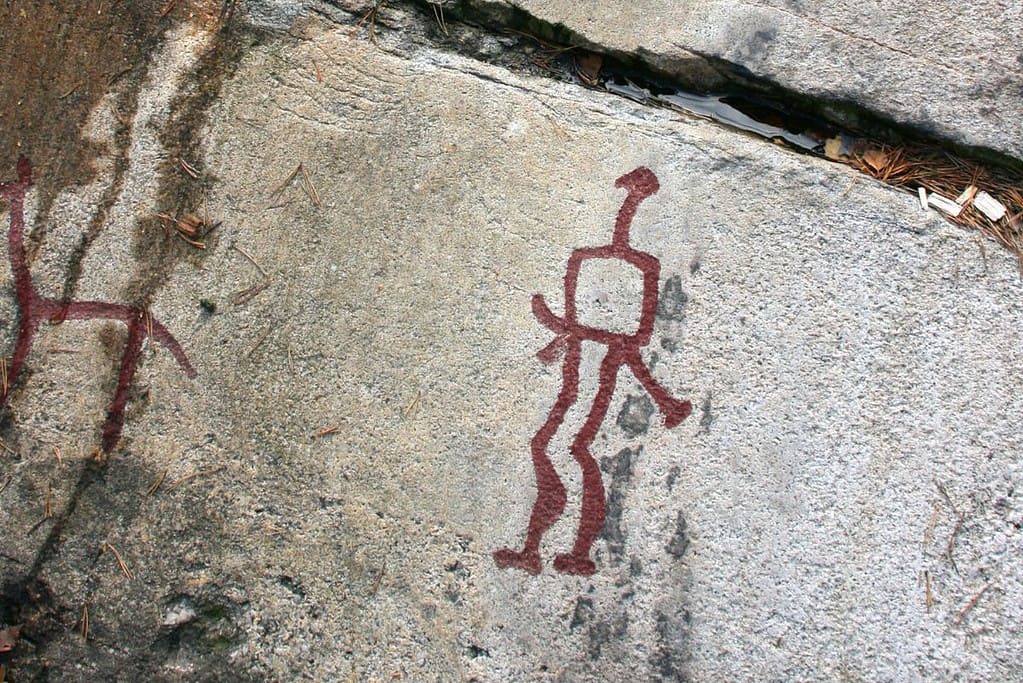
Rock Carvings in Tanum is a UNESCO World Heritage Site located in Sweden. This remarkable site showcases prehistoric rock art dating back to the Bronze Age. The carvings, created by ancient inhabitants, depict various scenes including people, animals, boats, and rituals, providing valuable insights into their culture and way of life. The intricate and detailed carvings carved onto smooth rocks testify to these early societies’ artistic and creative abilities. The Rock Carvings in Tanum offer a fascinating glimpse into Sweden’s ancient past and are an important archaeological treasure.
Royal Domain of Drottningholm
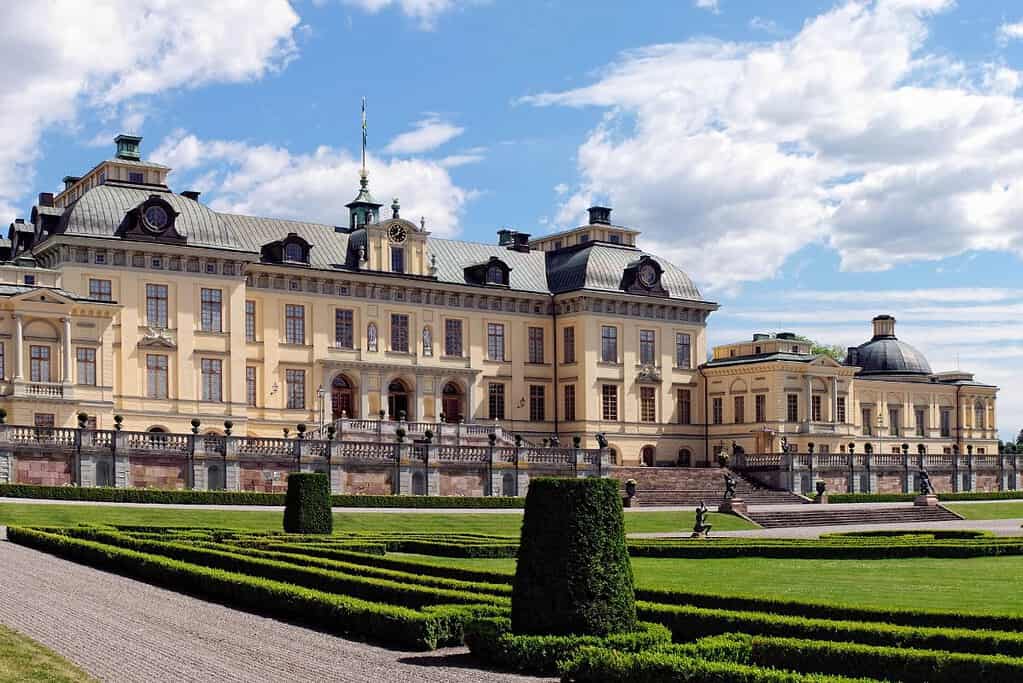
The Royal Domain of Drottningholm is a UNESCO World Heritage Site in Sweden. It is an exquisite royal residence on the island of Lovön in Lake Mälaren, just outside Stockholm. The domain includes the stunning Drottningholm Palace, which has been the private residence of the Swedish royal family since the late 16th century. The palace showcases remarkable architectural features and beautifully preserved interiors, including the magnificent Chinese Pavilion and the unique Court Theatre. Surrounded by meticulously manicured gardens and picturesque landscapes, the Royal Domain of Drottningholm offers a captivating glimpse into Sweden’s regal history and a testament to its rich cultural heritage.
Skogskyrkogården
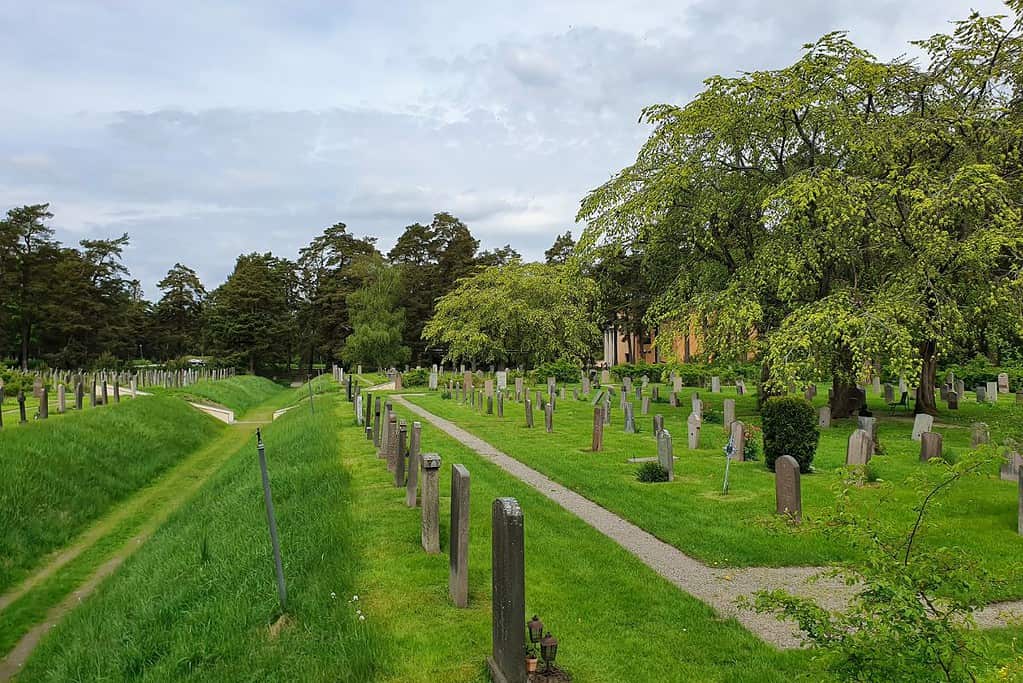
Skogskyrkogården, the Woodland Cemetery, is a UNESCO World Heritage Site in Stockholm, Sweden. Designed by architects Gunnar Asplund and Sigurd Lewerentz, it is considered a masterpiece of modernist cemetery design. Skogskyrkogården blends harmoniously with its natural surroundings, featuring a serene and peaceful atmosphere. The cemetery’s design incorporates elements of nature, such as trees, plants, and rolling hills, creating a tranquil and contemplative space. It is a burial ground and a place for reflection and solace, attracting visitors worldwide who appreciate its architectural and natural beauty.
Struve Geodetic Arc
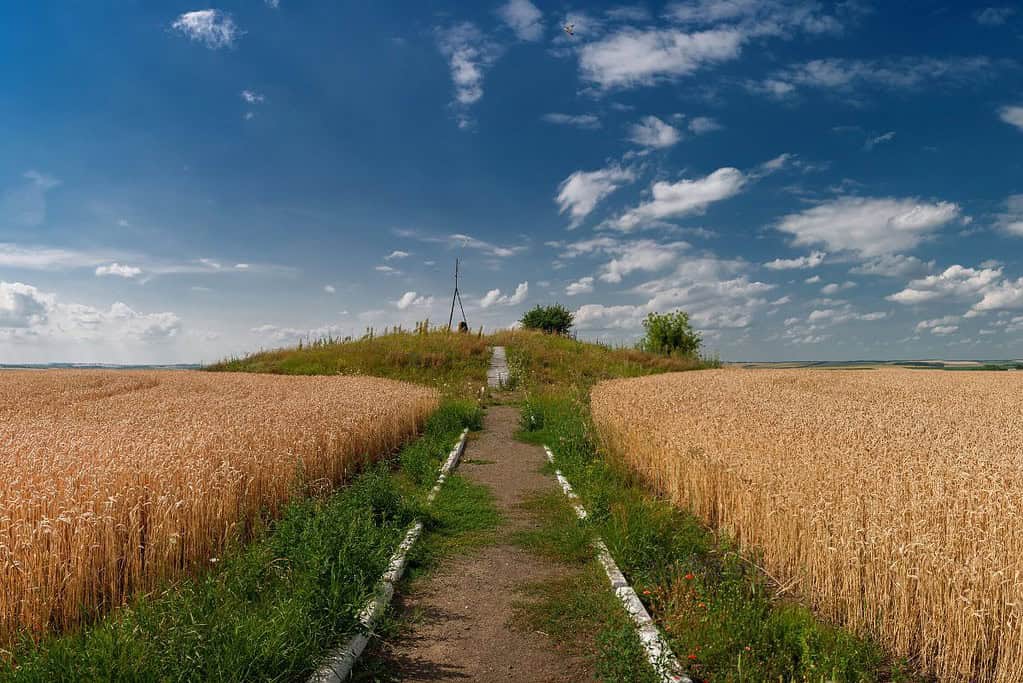
The Struve Geodetic Arc is a UNESCO World Heritage Site located in Sweden. It is a remarkable surveying achievement that spans over 2,820 kilometers across ten countries, including Sweden. The arc was constructed in the 19th century and played a crucial role in measuring the shape and size of the Earth. It consists of a chain of survey triangulations and marks, stretching from Hammerfest in Norway to the Black Sea. The Struve Geodetic Arc in Sweden features well-preserved markers and observation points that highlight the scientific and technological advancements of the time. It stands as a testament to the ingenuity and collaboration of scientists in their pursuit of understanding our planet.
High Coast / Kvarken Archipelago
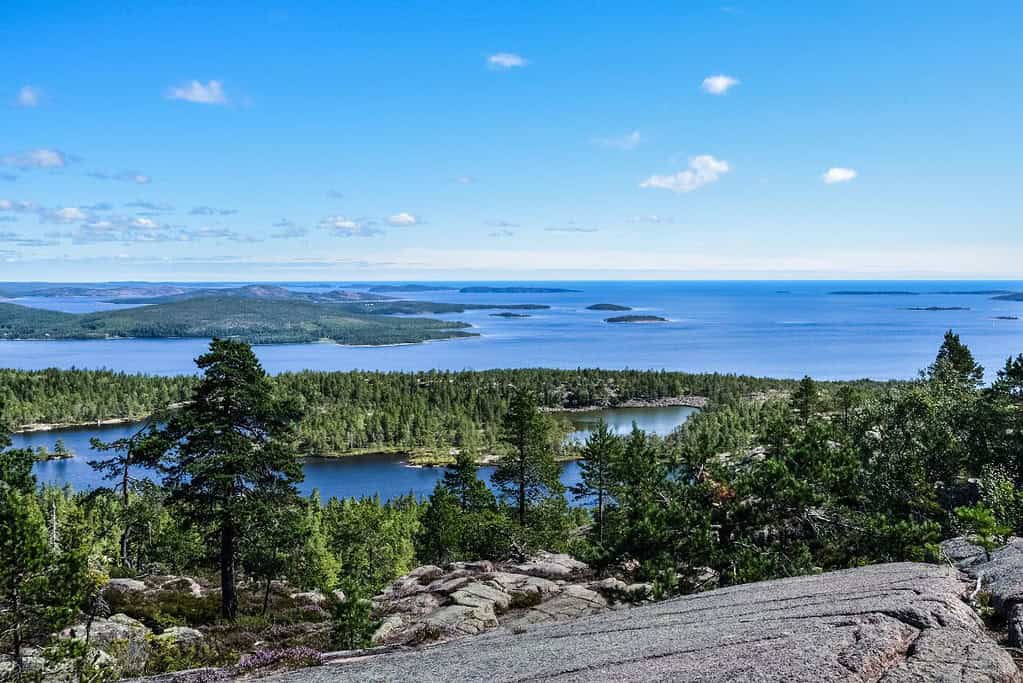
The High Coast/Kvarken Archipelago is a UNESCO World Heritage Site in Sweden and Finland. This unique site showcases the area’s outstanding natural beauty and geological significance. The High Coast features dramatic land uplift phenomena, where the land rises by approximately one centimeter yearly, resulting in stunning cliffs and breathtaking views. The Kvarken Archipelago, on the other hand, comprises a vast network of thousands of islands and islets, forming a distinctive and diverse marine environment. These two areas offer visitors a remarkable blend of natural wonders, including rugged coastlines, picturesque islands, and captivating geological formations, making it a must-visit destination for nature enthusiasts and explorers alike.
Laponian Area

The Laponian Area is a UNESCO World Heritage Site located in northern Sweden. It is a vast and pristine wilderness that showcases the unique culture and natural heritage of the Sami people. The area is characterized by its diverse and untouched landscapes, including majestic mountains, deep valleys, and extensive forests. The Laponian Area is home to the largest remaining untouched wilderness in Europe and is renowned for its rich biodiversity. It is also a place of great spiritual and cultural significance to the indigenous Sami people, who have lived in harmony with the land for thousands of years. Visitors to the Laponian Area can explore its breathtaking scenery, engage in outdoor activities such as hiking and fishing, and learn about the traditional Sami way of life, making it a truly remarkable destination for nature lovers and cultural enthusiasts.
Sweden UNESCO tentative list
- The Rise of Systematic Biology
Tours in Sweden
Our choices of tours in Sweden are divided into thematic features such as Stockholm, Gothenburg, and Kiruna Experience.
